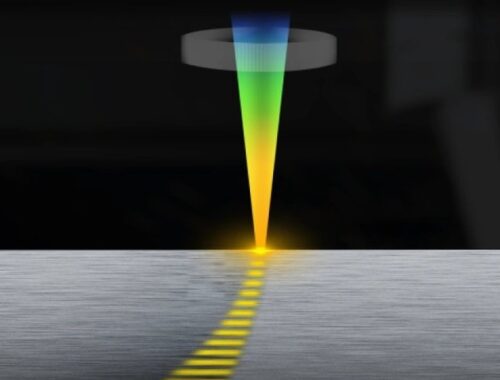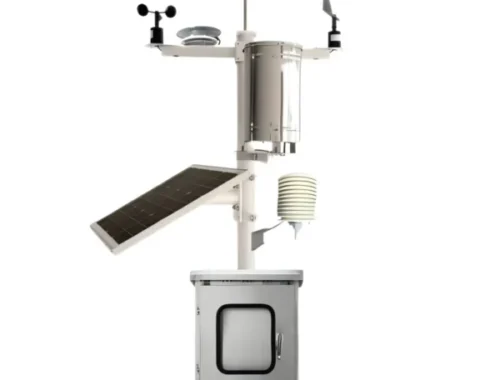How Soil Moisture Sensors Work: Principles and Applications Explained
How Soil Moisture Sensors Work: Principles and Applications Explained
Soil moisture sensors are essential tools in modern agriculture, environmental monitoring, and smart irrigation systems. Understanding the soil moisture sensor working principle is key to leveraging their benefits effectively.
Types of Soil Moisture Sensors
Common types include capacitance, resistance, and time-domain reflectometry (TDR) sensors. Each operates on distinct physical principles to measure water content in soil.
Key Applications
These sensors optimize water usage in farming, support climate research, and enhance landscaping efficiency through real-time data collection.
Frequently Asked Questions
How accurate are soil moisture sensors?
Accuracy varies by type, with TDR sensors offering high precision under diverse conditions.
Can they be used in all soil types?
Most sensors are adaptable, but calibration may be needed for clay or sandy soils.
Ready to improve your irrigation strategy? Explore our advanced sensors for data-driven solutions today!
You May Also Like

Generated Blog Post Title
March 1, 2025
HOW TO IMPROVE PRODUCTION EFFICIENCY OF A LASER PLATE CUTTING MACHINE
November 22, 2024